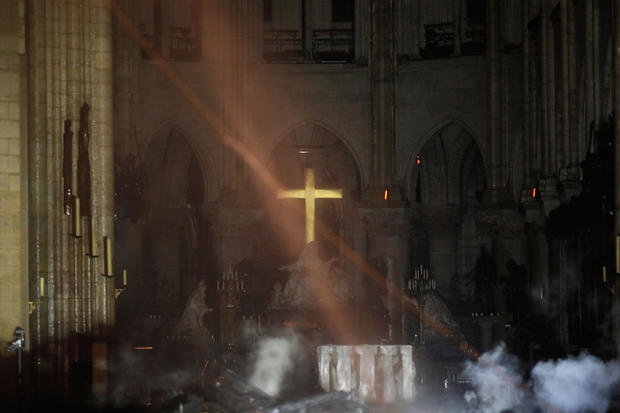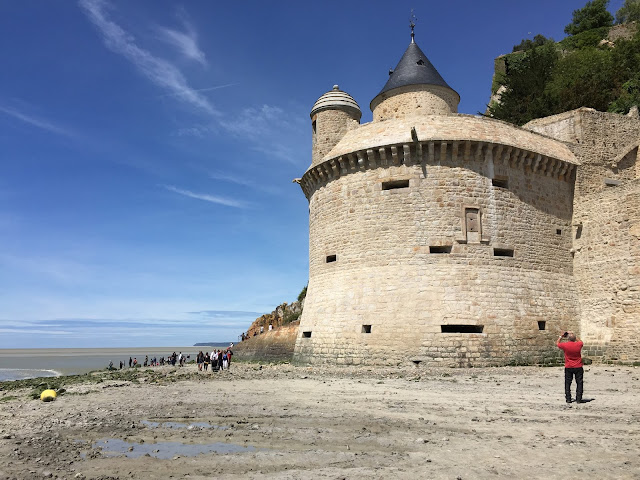The Catholic Church was in the news again for yet another sex abuse of children scandal, this time in France (French clergy sexually abused over 200,000 children since 1950, report finds | Reuters). Over 200,000 children (some reports say 300,000) were abused by priests (and nuns) over the course of seventy years. The sheer number of children is staggering, and it goes without saying that these children must have suffered in silence for many years before the Church decided to do something about the global sex abuse scandals that have plagued it for many years now. All the victims deserve monetary compensation (large amounts of money); however no amount of money can erase the memories that these children, now adults, have. No amount of money can wipe out the feelings and knowledge of betrayal. Adults whom you trusted were not trustworthy. They were instead predators, preying on young children who were most likely told by all the adults in their lives to respect and listen to the adults in their lives.
Every time I read about another sex abuse scandal in the
Church, it makes me angry and sad. My respect for the Church decreases; I don’t know when
or if it will hit rock bottom. I hope it doesn’t reach that point. I hope that
the Church manages to make the huge major changes it needs to make in order to
survive well into the 21st century. But it cannot have reactionaries
at the helm if it is to undergo a revolutionary renaissance.
Random thoughts:
I am fairly sure that the clericalism in the Church is not
what Christ envisioned when he founded his church. Clericalism is a policy of
maintaining or increasing the power of a religious hierarchy (https://www.merriam-webster.com/dictionary/clericalism).
Clericalism exists to protect clericalism and the organization of the Church.
It exists to provide careers for bishops and cardinals. It exists to protect
the power of bishops and cardinals—its leaders. Just the word ‘power’ ought to
flag the interest of all the faithful. It ought to get Catholics asking why it
is necessary for the clergy to have power over anyone, especially since Christ
was not interested in earthly power. He was interested in quite the opposite: ‘The
first shall be last and the last shall be first’. Those who think they are
important will be relegated to last place, while the unimportant will find
their place with God. I say again for anyone interested in listening; Jesus
Christ was not a clerical type. I doubt he would have been interested in
sitting protected inside the Vatican. He was more the type to be wandering
around speaking to people, meeting people, meeting the poor, challenging
authority. I can bet that there are a number of clerics who don’t particularly
like this picture of Christ.
The Church needs to do the following: open its doors wide so
that all the world can see inside it; end the mendacity that has defined it for
so long; release priests from their vows of celibacy (or make celibacy voluntary)
and allow priests to marry; and stop trying to control the sexual lives of its married
and unmarried parishioners when it cannot even control the sexual lives of its
priests who have taken a vow of celibacy. The Church has had far too much to
say for far too long about how ordinary Catholics live their sexual lives.
While most of the latter were trying to follow archaic and illogical rules (e.g.
concerning birth control), some priests (and some nuns) were acting on their
sexual proclivities for children exactly as they pleased, protected by the
willing silence of the Church on the one hand and the unwilling and often
forced silence of their victims on the other hand.
As a consequence of this criminal behavior on the part of
clerics, ordinary parishioners should cease to support the Church financially.
It can be a temporary cessation, but it is the only way to force change. Hit
them in the pocketbook. Yes, it means punishing all clerics, but this is how we
were treated in Catholic schools—the entire class was punished for the
transgressions of one or two students. We had nothing to say about that; we were
told to sit down and be quiet, to accept our punishment. Protests were out of
the question. Clerics should do the same—accept their punishment. I think they
will begin to look at the vow of celibacy and of poverty in a new way when
donations are no longer running in, and that will be a good thing. I have
stopped giving to the collections as of this month, and will continue this
policy until I see that the Church treats its sex abusers as the criminals they
are and turns them over to the police, as well as using its wealth to
compensate the victims of such priests. I want the Church to use its vast
wealth to pay through the nose for what it’s done to children. And if you think
I’m being harsh on and judgmental about the Church, you’re right. I am. I’m
angry, and there’s nothing wrong with my being angry. How I decide to deal with
that anger is my prerogative; not donating to the Sunday collection is one way
of dealing with my anger.
For those who rant and rave about how much better everything
was before, and that we need to return to the Church of old--we absolutely do
not. The Church of old looked the other way when dealing with pedophilia and
sexual abuse, as the French scandal clearly points out. Most of the abuse went
on between 1950 and 1970, exactly around the time we were growing up. The
Church swept most sex abuse scandals under the rug in an effort to preserve the
organization, transferred the offenders to other parishes, got offenders
psychological help if possible, and carried on as though little had happened. But
they did not turn the offenders over to the police. From 1950 until well into the 1980s, the
Church was still mostly ‘traditional’ in its approach to most things, still
strict about sexual matters, about birth control, about divorce—about most secular
matters. I have no desire to return to the Church of old, steeped as it is in
bygone traditions. Will reciting the mass in Latin prevent sex abuse scandals?
If the priest does not face the parishioners while on the altar, will this
lessen the number of sex abusers in the Church? Doubtful. While some traditions
are good, others are not. Traditions such as unquestioning obedience to the
clergy or not questioning their advice on marriage, divorce and sexual matters are
impossibly dated and fated for the scrap heap.
Not all pedophiles act on their desires, but the Church still
needs to weed out pedophiles as best it can, vigilantly. Pedophilia is not defined
as a crime, acting on pedophilic desires is a crime. But the Church would be
best served by ridding its ranks of pedophiles. A priest friend I know blames
the sex abuse scandals on homosexuality in the Church. I do not agree with him
at all. Homosexuality is not the same as pedophilia or sex abuse. There may be
homosexuals who are pedophiles, just as there are heterosexuals who are—in the
Church as well as in society at large. Weeding out homosexuals will not prevent
the sexual abuse of children.
Most priests and nuns are not sex abusers, thank God. One
thing that strikes me as rather odd, and that is that the majority of them are
rather silent on this issue. I would have expected that they would protest more
as a group within the Church, to church leaders. I would have expected more
anger, more discord, and more opposition. That is also one way that the Church
will change and grow into the organization it needs to be for its faithful. There
needs to be room for dissent, debate, disagreements and discussion. The
faithful deserve nothing less. In fact, the faithful are pretty much fed up
with the sex abuse scandals in the Church. They are fed up with dealing with
hypocrisy and betrayal, as well they should be. If the Church wants to hang
onto its parishioners, it should make the changes it needs to make, and fast.
































.jpg)
.jpg)
.jpg)



